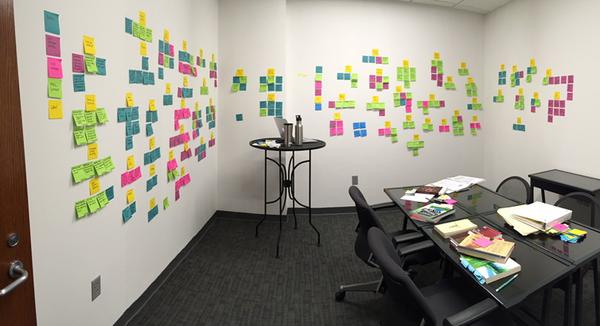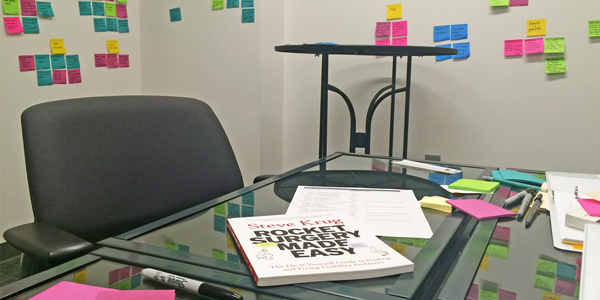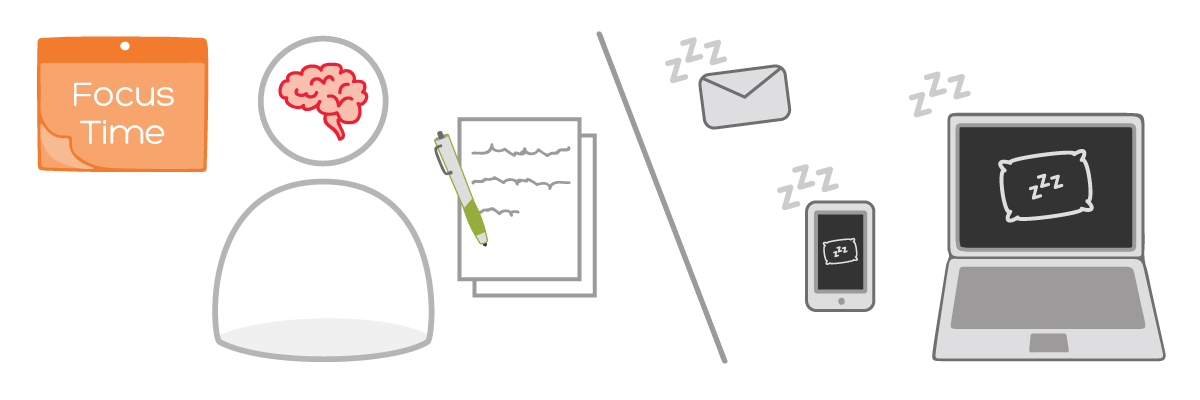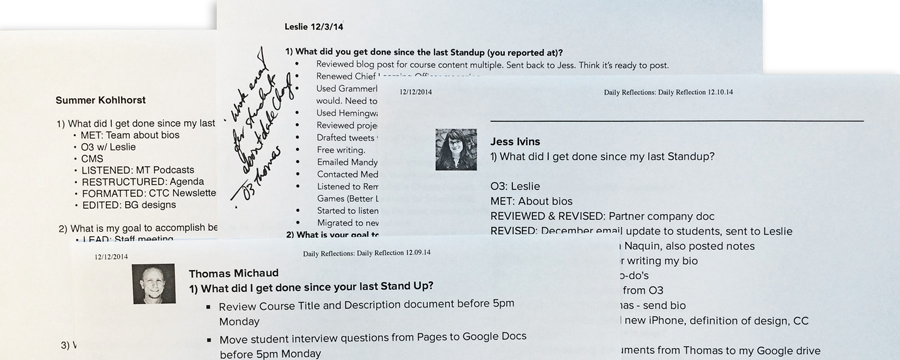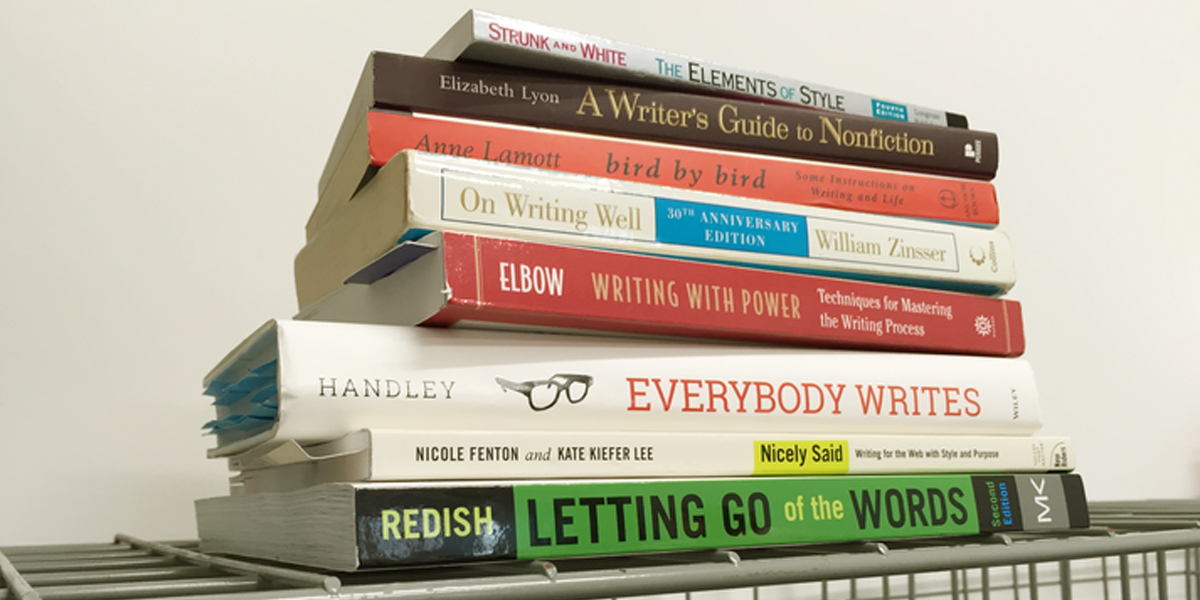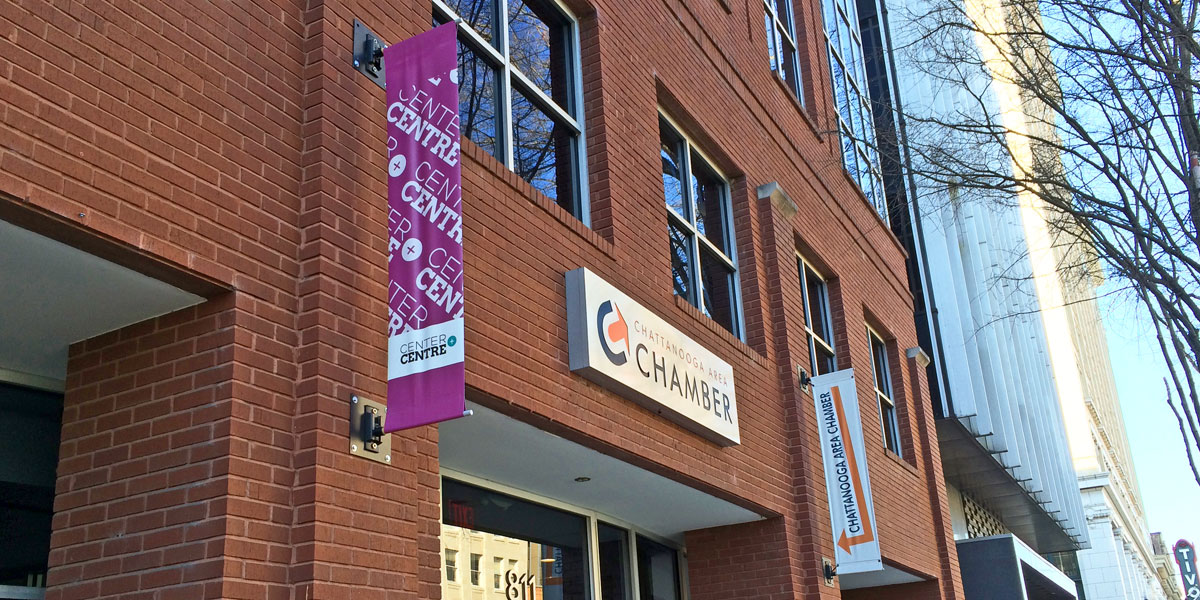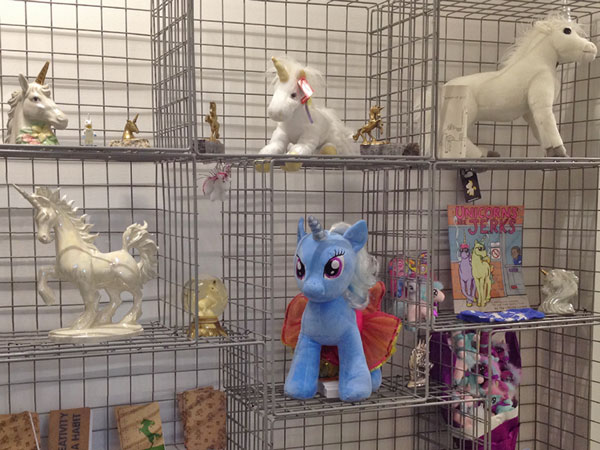
Do you remember reading Choose Your Own Adventure books when you were a kid? These books allowed you, the reader, to make choices that determine the main character’s actions and the plot’s outcome. My favorite was Circus of Fear, a fantasy book about an orphaned brother and sister who join a bizarre circus in exchange for food and shelter.
I loved Choose Your Own Adventure books. (It’s true—I’ve always been a nerd.) But as a kid, I struggled to finish many books because they didn’t hold my attention. I felt forced into a long, pre-determined narrative that didn’t captivate me the way that Choose Your Own Adventure books did.
Choose your own learning adventure
At Center Centre, our students get to choose their own learning adventures. For each course, students create a personalized learning plan (PLP)—by choosing from an array of learning activities and projects. Students are the main characters in their learning story and their choices determine their learning outcomes.
We design our learning experiences to fit the needs of our students—not the other way around. Instead of creating one instructional approach for all students, we create many opportunities for students to learn and master concepts. Every student learns differently. What works well for one student’s learning process may not work so well for another student.
In week one of each course, students participate in a two-day, industry-expert-led workshop, followed by three days of individualized learning. During these three days, students create and work on their personalized learning plan (PLP).
Students choose the learning process(es) that allows them to demonstrate understanding of the material. Then, they spend the next two weeks of the course applying what they learn from the industry-expert-led workshop and their PLP to their team projects.
The PLP projects and activities vary with each course. Even though projects and activities vary, students always have an assortment of ways to learn. For example, if a student learns best by reading, she may choose to read a book to learn a course topic. If she prefers to learn through small group work, she may join a small group of students to complete an activity.
The PLP options don’t just shape students’ learning experiences. These options build critical skills for students. For example, learning through group work builds collaboration skills, communication skills, and meeting facilitation skills.
We also encourage students to build skills they don’t yet have. A student may not enjoy reading because she thinks she’s slow at reading. But maybe, as part of her PLP, she chooses to read a book. This choice allows her the opportunity to improve her reading skills. By reading more often, she learns to read more quickly and more effectively.
Below are some examples of PLP projects and activities for one of our courses, Information Architecture UX02.
Socks game
Students bring in the funkiest pairs of socks that they own (clean socks, of course). It’s best if some of the socks don’t match.
Working in groups, students organize the socks. We ask the students, how would you organize these? By shape? By color? By size?
We use this exercise to talk about taxonomies (the arrangement of categories in a user interface), especially top-down, hierarchical taxonomies like site maps. We also talk about metadata (descriptive terms for socks like red, large, and winter) and facets (sock categories that contain metadata like color, size, and season).
Our co-founder, Jared Spool, originally learned how to play the socks game through the Boston UXPA chapter.
Find a book at the local library
We ask students to find a specific book at the library. We also ask them to find books about a specific topic. For example, we may ask them to find a copy of On Writing Well, a book about improving your writing. We may also ask them to find books about a related topic, such as writing content for the web.
We use this exercise to talk about information-seeking behaviors like known-item seeking and exploratory seeking. Finding something specific, such as a copy of the book On Writing Well, is known-item seeking. Looking for content about a subject, like writing for the web, is exploratory seeking. We also discuss mental models—how people imagine a process to be before they embark on a process.
Students keep a journal of the book-finding experience. What do they expect the process to be like before they begin? How do they look for books? Where do they struggle in the process if at all?
Read Abby Covert’s How to Make Sense of Any Mess
Abby Covert’s book, How to Make Sense of Any Mess, is about information architecture. It’s an enjoyable read. It makes complicated principles within information architecture understandable and accessible. It’s also a quick read.
After students read the book, they reflect on what they read. Students meet in groups to discuss the most significant things they learned. They discuss what unanswered questions they have from the reading. They clarify unanswered questions for each other, and they bring unresolved questions to the larger group for discussion and clarification.
Students also apply what they learn to PLP projects. When reading How to Make Sense of Any Mess, students learn about taxonomies, facets, and metadata. They apply what they learn in activities like the socks game and in student team projects.
Become a lifelong learner
When we let our students choose their own learning adventures, they choose a path that’s right for them, and they choose a path that they’re motivated to take. They also choose a path that allows them to learn how to learn. They’ll graduate knowing how to teach themselves new skills and tools in user experience design.
Our goal is to prepare each student to be an industry-ready, junior UX designer. Each student takes a unique learning path to reach that goal. However, the end goal is the same for each student—to be an asset on day one to the company that hires them.
More about choose your own adventure learning
We’ve infused choose your own adventure learning into our curriculum from the very start. It turns out we’re not the only educators who believe in this type of learning. Last week, an article by Dr. Bonni Stachowiak, from Teaching in Higher Ed, appeared in our inbox. Great minds think alike!
Apply to be a student
Do you see yourself as a student with Center Centre? Apply today to become a lifelong learner. Do you have friends or family members who would make great students? Please tell them about us. We look forward to hearing from them.
